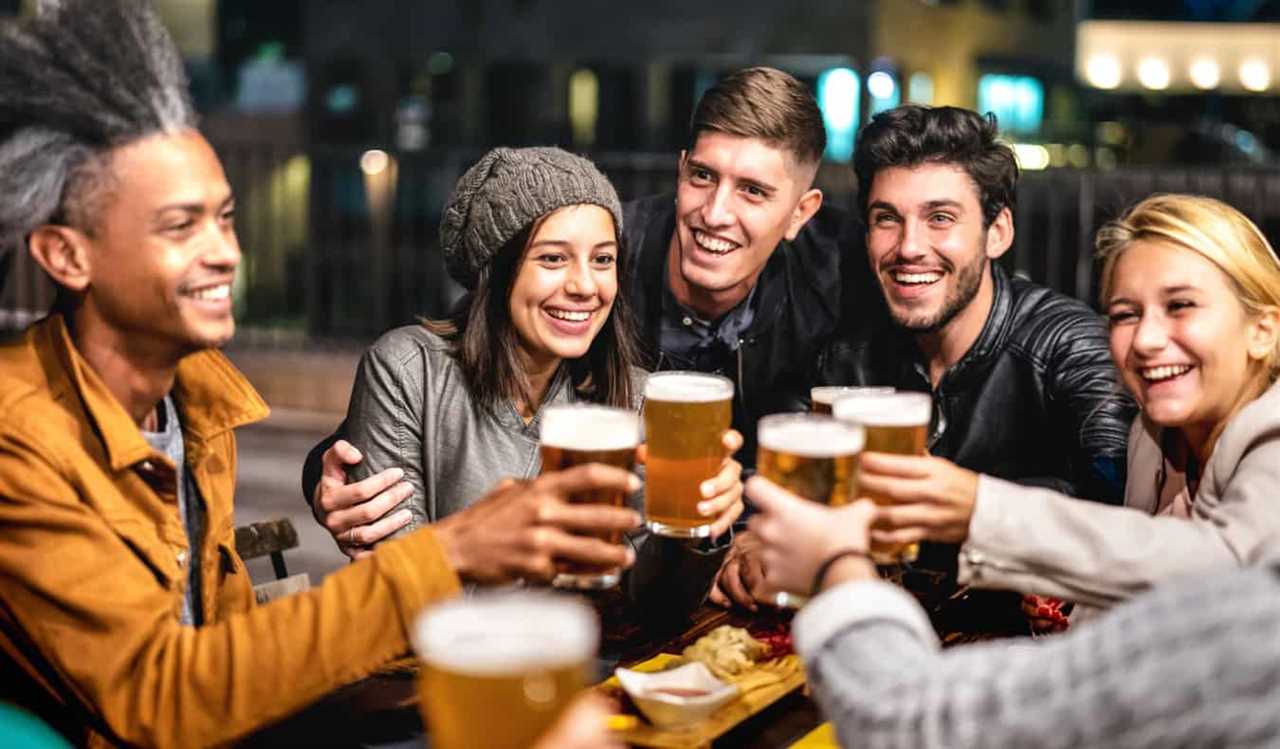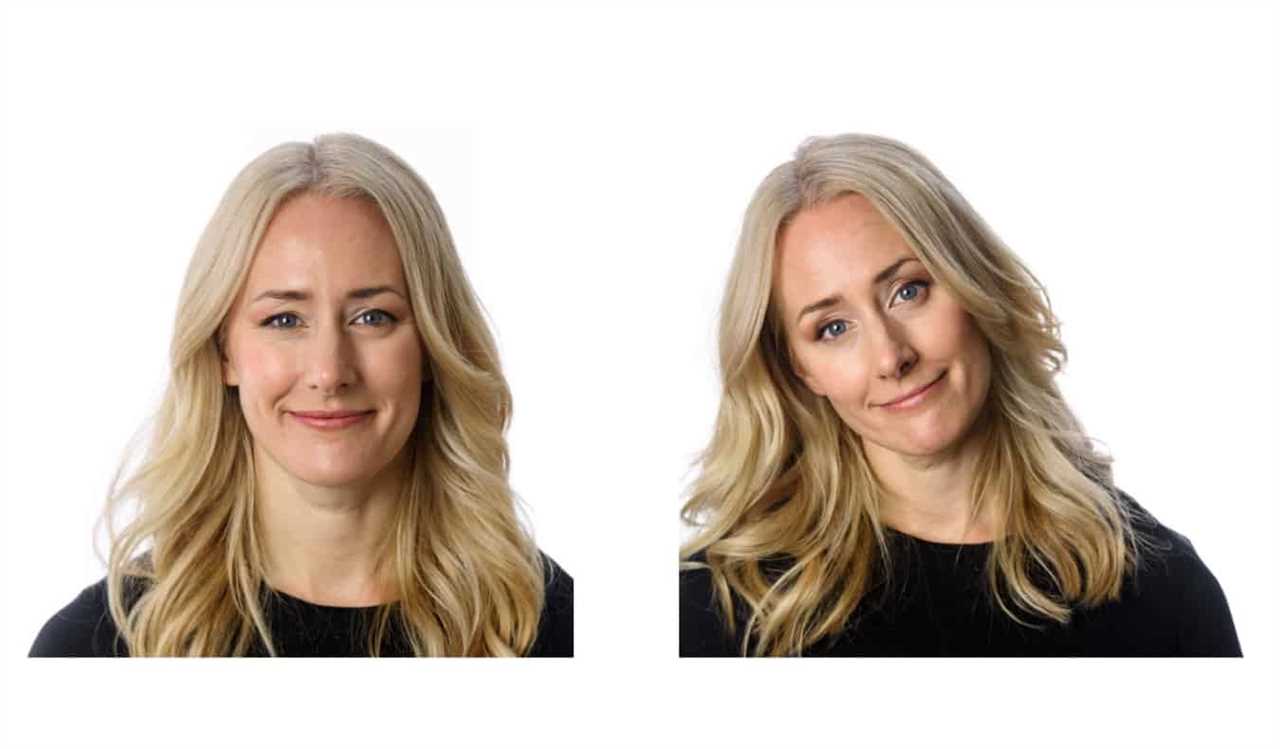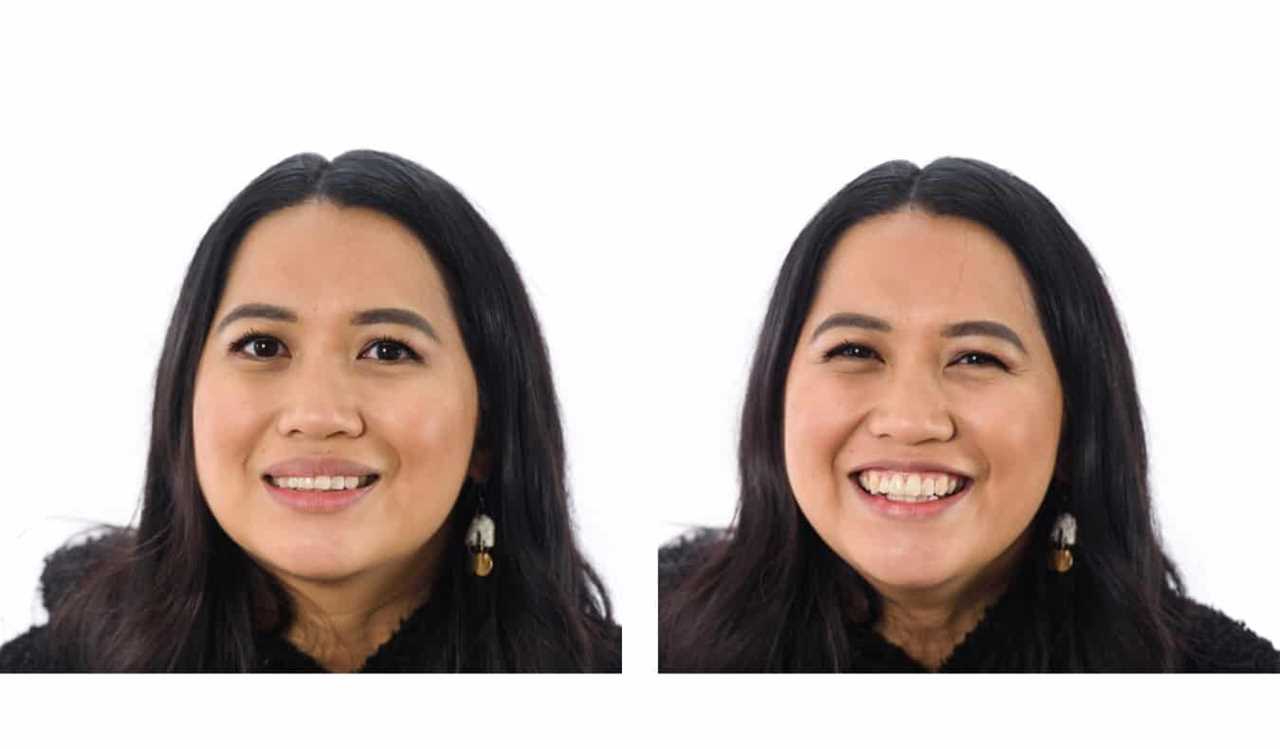
Posted: 3/3/22 | March 3rd, 2022
This post was written by Vanessa Van Edwards, bestselling author and behavioral investigator at Science of People. Years ago, she shared her tips on how to be more interesting while traveling. Today, she’s back to talk about using body language cues when you travel.
Many travelers focus on language skills to communicate across cultures. And that’s helpful, but it’s not enough! An even better travel skill is to know how read and speak the universal language of cues.
While researching for my latest book, Cues: Master the Secret Language of Charismatic Communication examines how people use body language gestures to communicate. From tilting your head to showing your open palms, you can demonstrate specific intentions universally.
Here are a few universal cues you can use to communicate intention no matter where you are in the world.
1. The Head Tilt
Want to show you are listening, paying attention and engaged? Use a head tilt. This is a universal cue of openness. This is because when we want to hear something better we tilt our head to expose our ear. This also warms up pictures. Take a look at these two photos of the same person. The head tilt instantly warms her up:

- Use a head tilt to show: “I’m listening” or “Tell me more.”
2. Fronting
Fronting is when you angle your body to signal attention. Specifically, we point our three T’s (toes, torso, and top) toward whatever we’re paying attention to. Our physical orientation cues others as to our mental orientation. Fronting is a great cue to know what someone is thinking about.
- When someone is about to leave, they’ll turn their toes toward the exit.
- When two people are having a great discussion, their entire bodies align as if their toes, hips, and shoulders are on parallel lines.
- When someone is hungry, they often front toward the buffet.
You can use fronting to show what you are paying attention to and watch other’s fronting angles to see where their mind is going.
3. Eyebrow Raise
When we raise our eyebrows, we signal that we want to see more. It’s as if we want our eyebrows to get out of the way to see something or someone better. The eyebrow raise is a positive social cue. Universally, the eyebrow raise is a sign of acknowledgment. Researchers have found that we also raise our eyebrows to show an intention to communicate. This is because raising our eyebrows increases the distance at which it’s possible for an observer to detect our gaze direction.
This is the fastest way to communicate interest, curiosity, and attention. We can use it as a shortcut in many scenarios. For example:
- When we’re seeking confirmation—we might raise our eyebrows in a soft question: “Does this make sense?”
- When we’re actively listening. Researchers found that an eyebrow raise can be used to demonstrate agreement in conversation.
- When we want to emphasize a point. When you raise your eyebrows, others are cued to pay attention and are more likely to make eye contact with you.
Special Note: The eyebrow raise can also be used to show romantic interest. If you are in a bar or club, only use the eyebrow raise if you have romantic intentions.
4. Distancing
When we don’t like something, we have the urge to physically distance ourselves from it. When we think something is threatening or dangerous, we want to get as far away from it as possible. If you see a sudden distancing behavior beware that you just made someone uncomfortable. Always be on the lookout for sudden distancing behaviors. Like:
- Stepping back.
- Leaning back in a chair.
- Turning your head or body away.
- Scooting back.
- Turning away to check your phone.
- Angling backward.
5. Open Palms
Want to gain trust? Show your open palms to immediately put others at ease. This is because our primitive brains interpret closed hands as potentially brandishing a weapon. Open hands give us more credibility and can be used situationally:
- Use hand gestures that incorporate the open palm during a conversation.
-
- Extend an arm with an open palm to signal to the other speaker that it’s their turn to talk.
- Instead of pointing with your finger (which can be considered rude in many countries), use your open palm to point in your desired direction.
Pro Tip: Pay attention to a person’s hand gestures! If they are being open and friendly, their hands will generally show open palms.
6. The Smile
Smiling is one of the most universal facial expressions that signal friendship and openness. A smile can be used as a greeting and be an invitation to conversation. During a conversation, you can smile to nonverbally encourage the other person to continue speaking.
Pro Tip: How do you spot a genuine smile from a fake one? Look for the characteristic “crow’s feet” on the sides of the eyes, which can often be seen when someone has a big-mouthed smile on their face. When approaching someone or trying to build new relationships while traveling, watch for the real smile versus the fake smile. This can also signal you to positive or negative intentions.

A fake smile is characterized by closed lips and a lack of crow’s feet, and it can indicate someone is just being polite.
7. Fidgeting
Fidgeting comes in many different forms, but they are always distracting. Any repetitive behavior can be fidgeting:
- Playing with the hair.
- Picking the fingernails.
- Clicking a pen.
- Bouncing the foot.
- Dangling keys in the hand.
People who fidget generally don’t feel enough stimulus from their environment and seek to create it on their own. Or their inner anxiety makes them have uncontrolled movement. Look for signs of fidgeting if you’re in the midst of a conversation. If you spot it, perhaps it’s time to change the subject or the venue.
If you are a fighter, be aware that this can be distracting to your listener. It also can make you seem nervous — which always puts others off as well.
8. Neck Rubbing
When a person rubs their own neck, it’s a self-soothing cue and can mean they are nervous, anxious, or unsure about something. We tend to self-massage ourselves because it provides physical touch—you can think of a neck rub like a mini self-hug.

Other self-soothing cues come in different forms:
- Rubbing the forearm or upper arm.
- Running the hands through the hair.
- Rubbing the hands together.
- Massaging the upper legs.
If you notice one of these cues, take a moment to think about what triggered it. Perhaps they’re unsure of future travel plans. Maybe they feel unfamiliar with a location. Use this information to your advantage!
9. Mirroring
Mirroring is when you match a person’s body language cues. This is a great way to build connection because we tend to like people who act similarly to us. Try mirroring the body language cues from someone else:
- Crossing a leg over the knee.
- Nodding when they nod.
- Returning a friendly arm touch.
- Using the same open palm gestures they do.
When mirroring, the key is to be subtle. Overdo it and you risk coming off as unnatural! We have more on mirroring in our body language guide as well.
Pro Tip: You can also mirror verbal language, too! Try repeating unique words a person likes to use: “That was fantastic!” or “I’m doing swell.”
10. The Wave
Are you in a new country and not sure how to greet someone? The wave is a universal greeting that can be used in virtually all countries. Waving creates instant trust because the open palms are showing. It’s a great way to instantly signal, “Friend!”
Waving is also an ideal greeting to use if you’re unsure how strangers normally greet each other. It’s ideal to stick to waving at first, but once you know the local culture’s customs, a bow or cheek kiss might be more appropriate depending on your situation!
***
You can use these universal cues to speak for you – no matter the language or culture. Want to learn all 96 cues? Be sure to check out my latest book Cues: Master the Secret Language of Charismatic Communication.

Vanessa Van Edwards is a behavioral investigator and bestselling author. Over 42 million people have seen her on YouTube and in her viral TED Talk. Her behavior research lab, Science of People, has been featured in Fast Company, Inc., USA Today, and on CNN, CBS, Entrepreneur Magazine and many more. Her much anticipated new book, Cues: Master the Secret Language of Charismatic Communication just released wherever books are sold.
Book Your Trip: Logistical Tips and Tricks
Book Your Flight
Find a cheap flight by using Skyscanner or Momondo. They are my two favorite search engines because they search websites and airlines around the globe so you always know no stone is left unturned.
Book Your Accommodation
You can book your hostel with Hostelworld. If you want to stay somewhere other than a hostel, use Booking.com as they consistently return the cheapest rates for guesthouses and cheap hotels.
Don’t Forget Travel Insurance
Travel insurance will protect you against illness, injury, theft, and cancellations. It’s comprehensive protection in case anything goes wrong. I never go on a trip without it as I’ve had to use it many times in the past. My favorite companies that offer the best service and value are:
- SafetyWing (best for everyone)
- Insure My Trip (for those over 70)
- Medjet (for additional evacuation coverage)
Ready to Book Your Trip?
Check out my resource page for the best companies to use when you travel. I list all the ones I use when I travel. They are the best in class and you can’t go wrong using them on your trip.
The post How to Use Body Language Cues to Be a Better Traveler appeared first on Nomadic Matt's Travel Site.
-------------------------
By: NomadicMatt
Title: How to Use Body Language Cues to Be a Better Traveler
Sourced From: www.nomadicmatt.com/travel-blogs/body-language-travel-tips/
Published Date: Thu, 03 Mar 2022 16:57:28 +0000
Read More
 General Health and WellnessFitness and ExerciseSupplements and VitaminsPandemic NewsVideosPrivacy PolicyTerms And Conditions
General Health and WellnessFitness and ExerciseSupplements and VitaminsPandemic NewsVideosPrivacy PolicyTerms And Conditions
